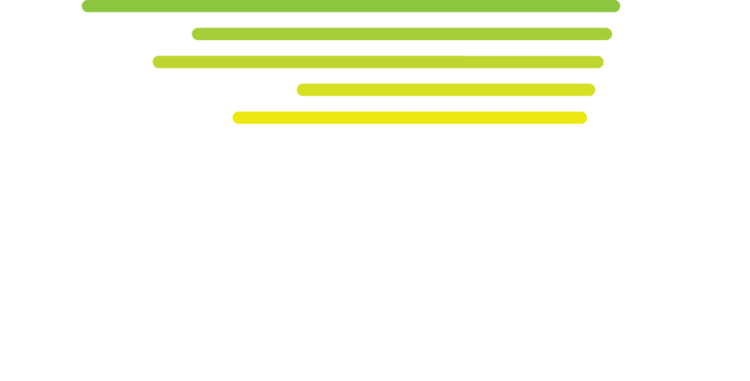Respiration
rESPIRATION
COULD RESPIRATION BE YOUR LIMITER?
Athletes spend much of their time training their legs and heart. But many of us forget that the respiratory system, which is being used all the time, could also be a limiter. Fortunately, breathing is also something we can train and improve.
The respiratory system is made up of a series of muscles. These muscles can be strengthened and, just as importantly, their endurance can be improved. While training our muscles to be stronger requires time in different training zones, training our breathing is a little more complicated. For one thing, respiration can be a limiter both at the lower-intensity endurance level and at top-end intensity. At the endurance level, for example, many people over-breathe—they breathe too fast and not deep enough. At the top end, it is often the opposite—they breathe rapidly, but not deep enough to maximize the amount of oxygen they are taking in.
Breathing can be trained at different intensities; however, it takes dedicated work. There are ways to start improving your breathing by reducing your respiration rate using a metronome app outside of training or targeting a breathing frequency during endurance training. However, the most efficient way to train your respiration system is by using a device to isolate the respiration system and get the ideal respiratory workout. Enter Breathe Way Better…
BREATHE WAY BETTER
The Breathe Way Better system controls how much fresh air you take in each breath. This allows you to breathe as hard and fast as you want for as long as you need to sufficiently train your respiratory system. What makes this so powerful is that you can effectively train your technique, breath volume, coordination, strength/power, as well as your respiratory endurance. You cannot do this without an isocapnic (CO2 controlling) device, like the Breathe Way Better.
The Isocapnic Breathe Way Better allows you to focus on respiratory training, without feeling faint or otherwise pushing your oxygen - CO2 balance outside of their normal range. This way your respiratory system can be effectively challenged in its full range of motion to help you build more capacity and strength. By recapturing a portion of your exhaled CO2 and rebreathing it with a small amount of fresh air, you can continue to breathe harder and faster than you ever could before, while keeping you safe.
*code to purchase*




